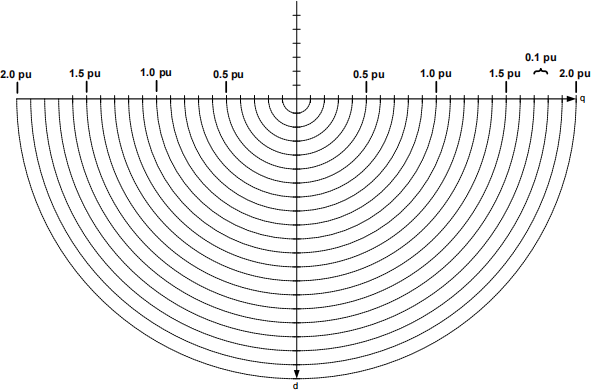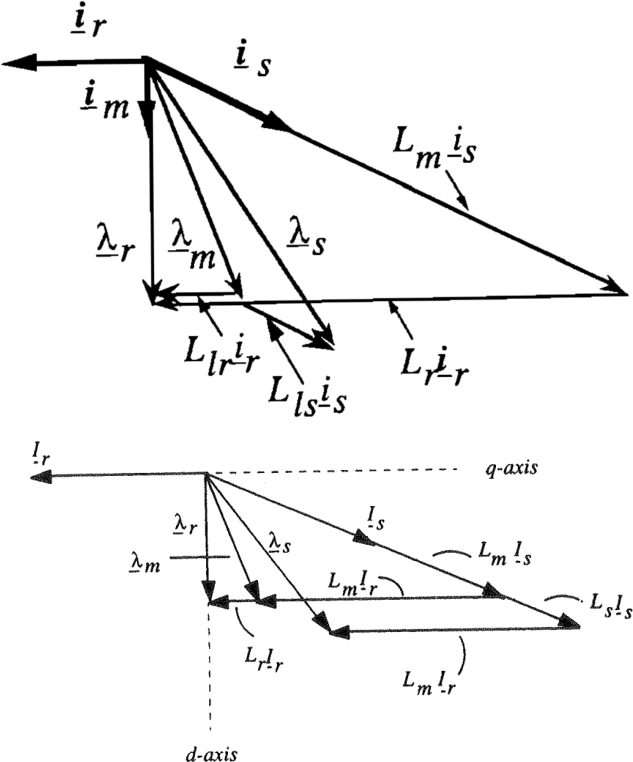ECE 552 HW #5 Assignment
Hello, dear friend, you can consult us at any time if you have any questions, add WeChat: daixieit
ECE 552 HW #5 Assignment
Due Saturday, 4/29/2023
A) Submit all materials to blackboard to the appropriate homework folder/assignment. If multiple files are being uploaded they should all be contained in a single “Zip” file.
B) Submit the solution Word document with the requested solution quantities filled in and requested plots pasted in. Show all work. If more room is needed expand the section in the submission document. For all homework also submit all Matlab/Simulink/PLECS or other simulation tool input files used for the simulations in a zip file including the Word document. Please do not “print screen” or “screen capture” any required plots if the resolution or aspect ratio is poor. If the plot is not legible, please instead export your variables to the Matlab workspace and post process them using the Matlab “plot” and “subplot” commands. Your plots should include title and all axis labels along with the units used.
C) Use the following naming convention for all files submitted:
ECE_552_2023_S_Homework_5_Submission_LastName_FirstName_v1.extension (doc/pdf/etc)
Problem 1: Rotor Flux Oriented Induction Machine Steady State Equivalent Circuit
A 100 hp, 460 volt, 4-pole, 60 Hz induction motor has the following per-unit parameters:
r1 = 0.015 r2 = 0.015
x1 = 0.1
x2 = 0.1
xm = 3.0
The rated slip is srated = 0.017736, and rated stator current magnitude, Iq(r)d(f)s = 1.1752 pu. The
machine is excited by a current regulated variable frequency drive. Assume that the current regulator is ideal.
A) Find the value of Iq(r)s(f), Id(r)s(f), Vq(r)d(f)s, and sOe in per unit for field-oriented operation with rated rotor flux and rated torque at a frequency of f = 0.25 pu. Assume that the rotor flux is held at the same value as for rated torque operation at 60 Hz excitation. One method to find their values is to use the rotor flux oriented equivalent circuit shown below. More information about the rotor flux oriented equivalent circuit can be found in pages 226 – 250, 257 - 275, in “Vector Control and Dynamics of AC Drives” by Novotny and Lipo excerpts uploaded to Blackboard.

Hints:
For rated operation with per unit values we have the following.
ωe-rated = 1 pu
srated = 0.017736 pu
The rated slip frequency is then:
sωe-rated = srated ωe-rated = 0.017736 *1 = 0.017736 pu
If the excitation frequency reduces to 25% of the rated value then
ωe-new = 0.25 pu
You are given that the steady state rotor flux and the torque do not change in value compared to the rated case. If the torque and rotor flux has not changed then the slip frequency must be the same as the rated case.
![]() sO = sO
sO = sO
Therefore, the new slip, snew, must have changed if ωe-new has changed.
![]() snew = sωe-rated
snew = sωe-rated
e-new
For solving for the voltages and currents you can just use the rotor flux oriented steady state equivalent circuit. You don't in particular need any formulas from the book excerpts. The excerpts are mainly to provide background.
There are a number of ways to solve for the currents and voltages but the following is one
way. To maintain the same flux and torque at the new excitation frequency we know that Iq(r)s(f) and Id(r)s(f) must be unchanged in magnitude from the rated case. Therefore, if we can find Iq(r)s(f)-rated and Id(r)s(f)-rated they can be used to calculate the voltage for the new excitation frequency. At the new excitation frequency, we need to use e(O)−new to calculate the reactances
though. The voltage is roughly going to be a little more than 0.25 pu because the stator resistance does not scale down with frequency.
To find the magnitude of Iq(r)s(f)-rated and Id(r)s(f)-rated one approach would be to find the input
impedance of the rotor flux field oriented equivalent circuit. The rated voltage magnitude applied is 1 pu. We don't know a prior what the angle of the voltage is but we don't care at this point since we are only really interested in the magnitudes of the currents since we are going
to assume that Id(r)s(f)-rated is aligned with the d-axis and Iq(r)s(f)-ratedis 90 deg leading it.
You can find the input current (in fact I already gave it to you in the problem setup) and then
use current divider techniques to find the magnitude of Id(r)s(f)-rated and Iq(r)s(f)-rated. The phase angle of Id(r)s(f)-ratedwill be -90 degrees and the phase angle of Iq(r)s(f)-ratedis 0 Deg.
We can find the magnitude of Vq(r)d(f)s-new by finding Zq(r)d(f)s-in-new for the new excitation frequency and multiplying it by Iq(r)d(f)s-ratedsince the currents haven't changed and then taking
the magnitude.
B) Sketch or plot the steady state complex vector diagram currents with the rotor flux oriented along the d-axis for the situation in Problem A. Also, please list the requested values.

Please list the magnitude and phase of the currents in per unit.
C) Sketch or plot the steady state complex vector diagram flux linkages with the rotor flux oriented along the d-axis for the situation in Problem A. Also, please list the requested values.

Please list the magnitude and phase of the flux linkages in per unit.
Your flux linkage vector diagram should resemble something like the following.

2023-04-28